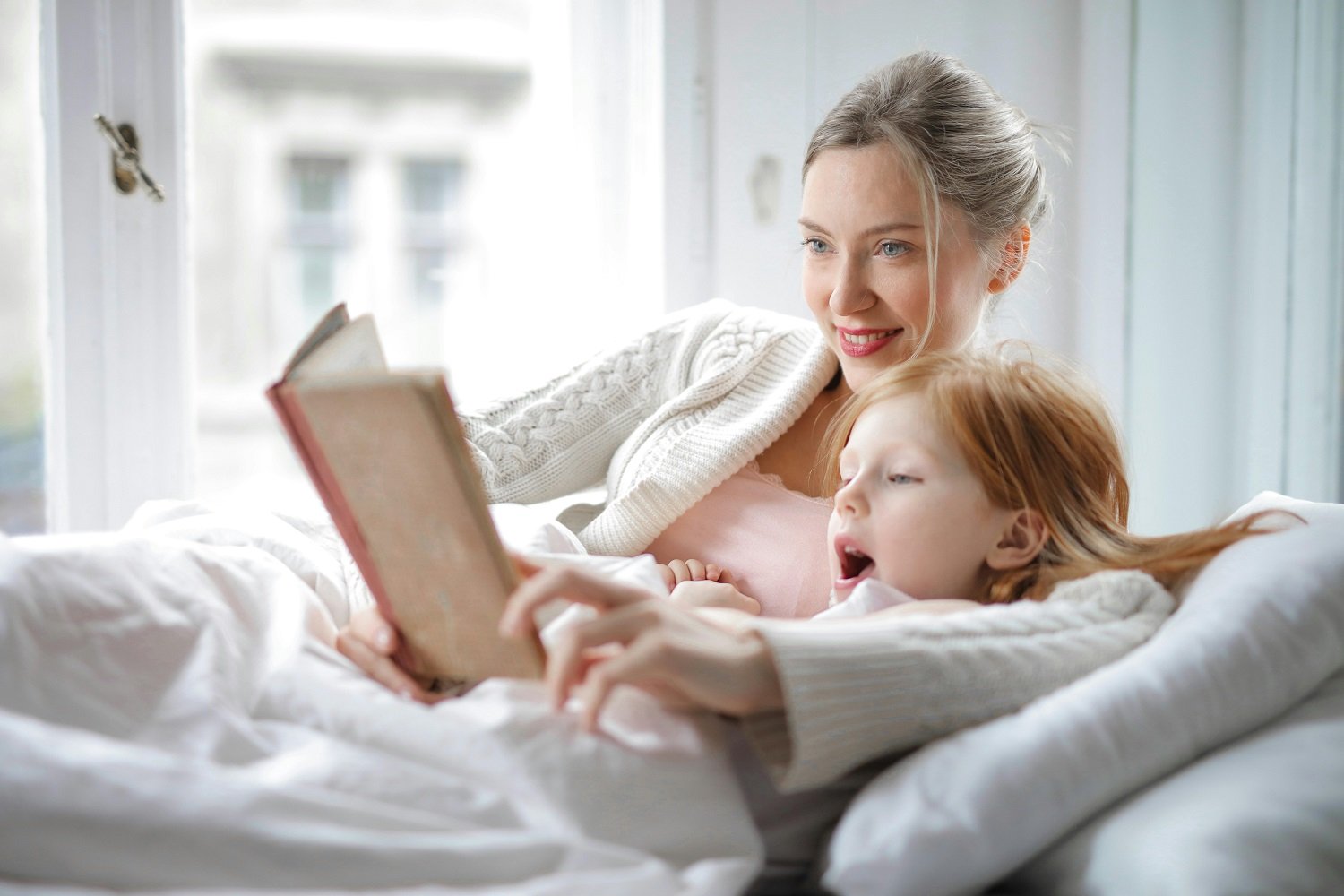The AUT-led study Relationships Between Reading For Pleasure And Children’s Wellbeing In Aotearoa New Zealand looked at the pandemic lockdown experience of 2421 11-year-old children from The University of Auckland’s Growing Up in New Zealand study –Aotearoa’s largest longitudinal study of child health and wellbeing, following the lives of more than 6000 rangatahi and their families.
Those who had positive attitudes towards reading, had more engagement with reading, and were reading earlier in life, reported better general health and wellbeing during lockdown. They also felt more supported and more connected with others in their bubble.
“When children were read with in their early years, they reported their wellbeing during lockdown was more positive – even when adjusted for household income and ethnicity,” Associate Professor Ruth Boyask, lead researcher of the study and director of AUT’s LitPlus research group, says.
“It may be that this is due to the relationship and bonding that happens when adults read with children, and it is also likely that the language element is important – supporting the development of cultural identity, critical thinking and understanding of their world.
Three-fifths of the children had symptoms of depression and anxiety during lockdown, and the early positive experiences with reading did not help with that. However, reading together with others while in their bubbles was associated with less depression.
Boyask says the research also tells us the benefits of reading are not equally accessible to all children, with beneficial reading experiences more likely in high income households, where there are more resources to support children’s reading for pleasure, and amongst European ethnicities, who appear to engage more in reading for pleasure.
“Families need access to reading resources that reflect the cultural make-up of their children, and public resources for reading – like libraries and schools – can be used to equalise differences in opportunity,” she says.
To gain insight into the statistical findings, the LitPlus researchers held focus groups with 15 young people who were of a similar age during the pandemic.
AUT senior lecturer Dr John Milne led this focus group phase of the research and says the children reported feeling better and calmer after reading, and that this had benefits for other aspects of their lives, including their social relationships.
These children said that during lockdown they found friends within the texts, and that they could identify with the situations of the characters when their real-life friends were distant and engagements with peers were largely virtual. Their reading material provided a topic for conversation with others who shared their bubble.
“They believed their reading helped them during lockdown, in some cases comparing how well they coped in comparison with friends and families who were not readers,” Milne says.
“As children move into adolescence, reading may help them overcome their problems.”
Boyask says the benefits of reading for pleasure are numerous and far-reaching.
International research shows that children who read for pleasure are more likely to have advanced vocabulary development, enhanced school performance and more developed brain function, she says.
They demonstrate more prosocial behaviour at school, fit in better through connecting with others, and make healthier choices around eating and smoking.
Boyask says society also benefits, as individuals who engage in literary reading are more than twice as likely to participate in volunteer or charity work, more likely to vote, as well as having a higher reading proficiency.
“It is clear that reading with other people, talking about reading and relating one’s own experience to what is being read, has great benefits for wellbeing.”
AUT’s LitPlus research group focuses on children and young people’s enjoyment of and motivation for reading. Its report Relationships Between Reading For Pleasure And Children’s Wellbeing In Aotearoa New Zealand was made for the Ministry of Social Development with funding from the Children and Families Research Fund.














